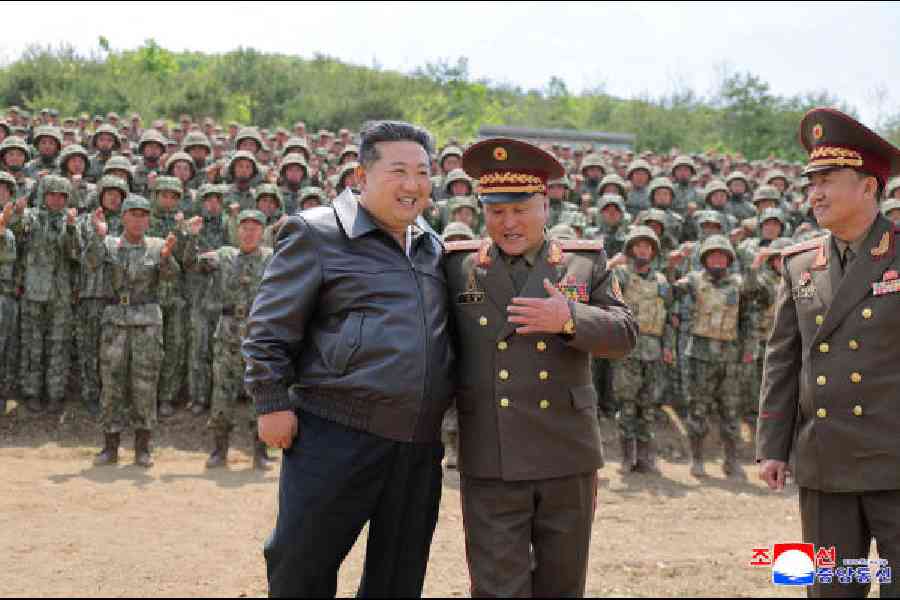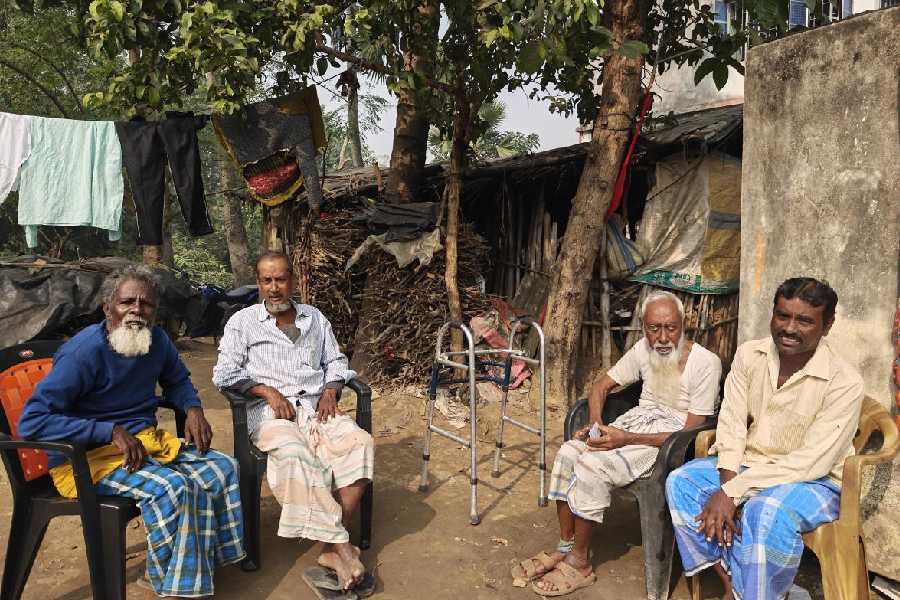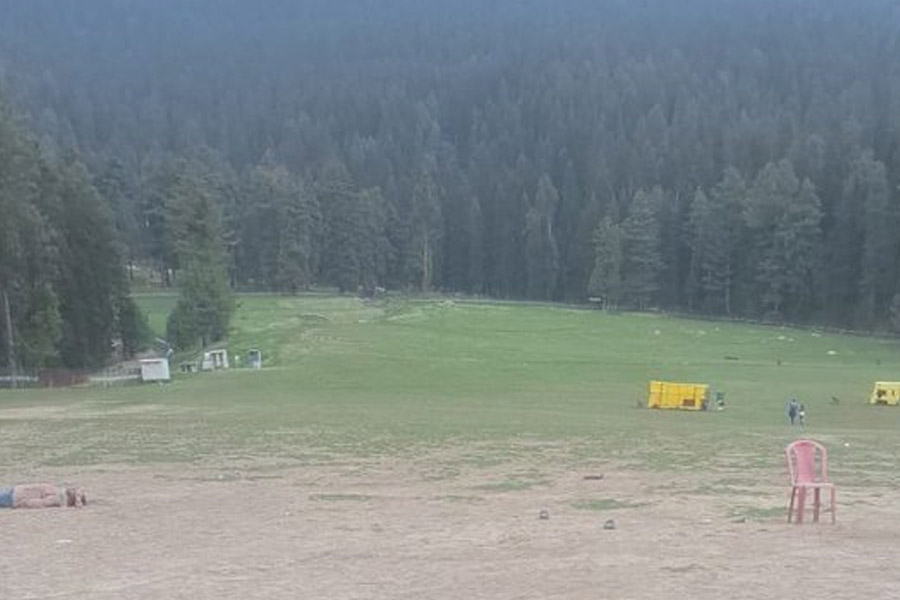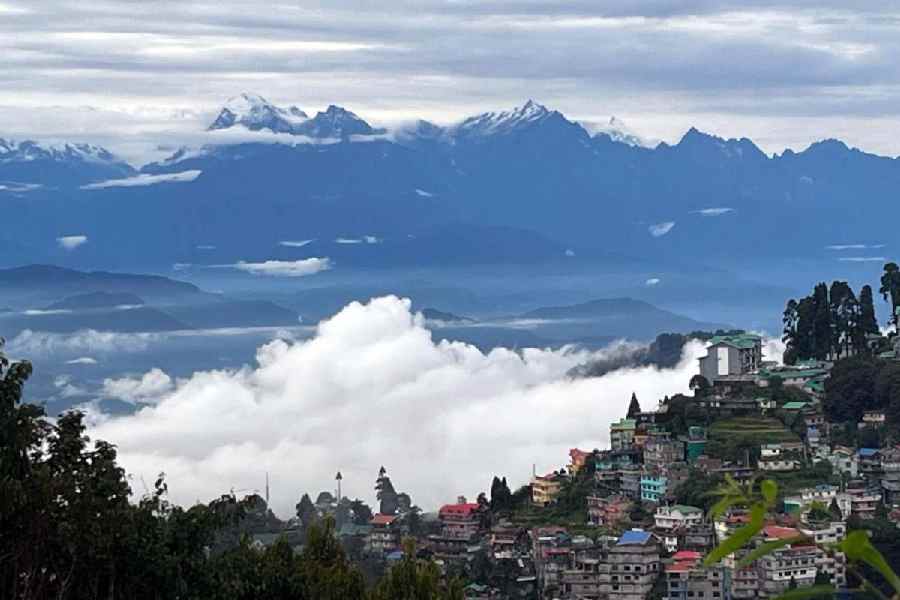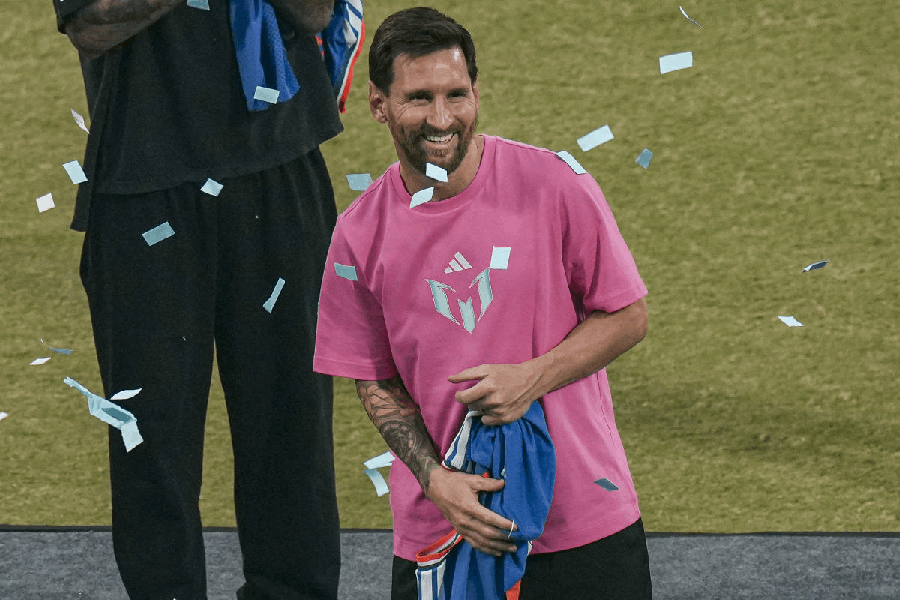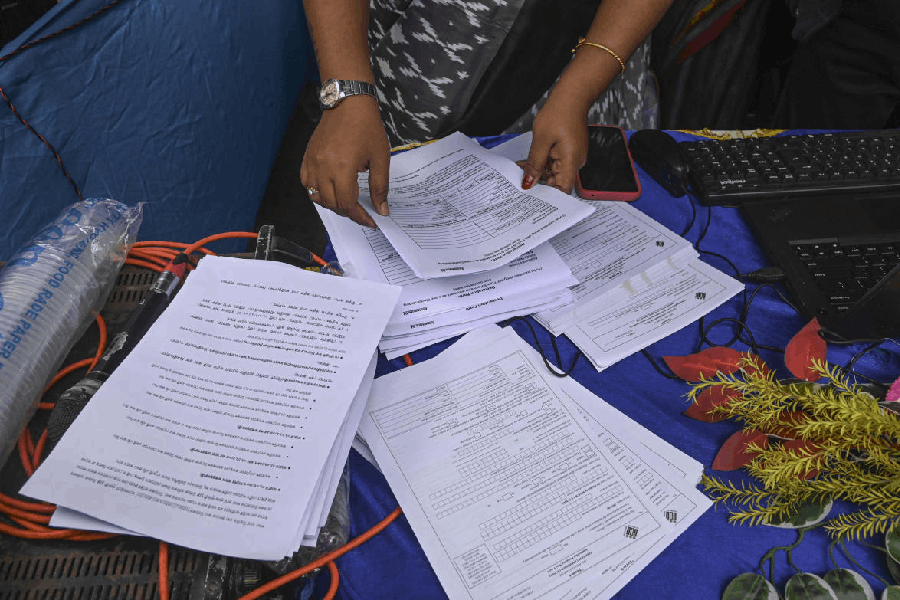Attack drones directed by artificial intelligence. Tanks with improved electronic warfare systems. A newly built naval destroyer fitted with supersonic cruise missiles. A new air-defence system. Air-to-air missiles.
The list of new weapons being touted by North Korea grows almost by the week.
Long-held conventional wisdom had it that North Korea — crippled by international sanctions, natural disasters and the coronavirus pandemic — was unable to upgrade its decrepit Soviet-era military because it lacked the money, fuel, spare parts and technology required. But its wily leader, Kim Jong-un, found a solution to his country’s decades-old problem. He courted Russia after it invaded Ukraine three years ago and ran into a dire shortage of both troops and conventional weapons, like artillery shells. North Korea had plenty of both to provide.
The disintegration of the old Soviet bloc, and the subsequent collapse of North Korea’s economy, created a yawning gap between North and South Korea in their conventional weapons abilities. To counter that, North Korea in recent decades dedicated its limited resources to developing nuclear warheads and their delivery missiles. Still, the North’s conventional weaponry remained many years behind that of South Korea and the US, which keeps 28,500 troops in the South.
Russia’s war against Ukraine has brought Kim a military bonanza. In return, Moscow has revived a Cold War-era treaty with Pyongyang, supplying North Korea with fuel and food.
New York Times News Service

